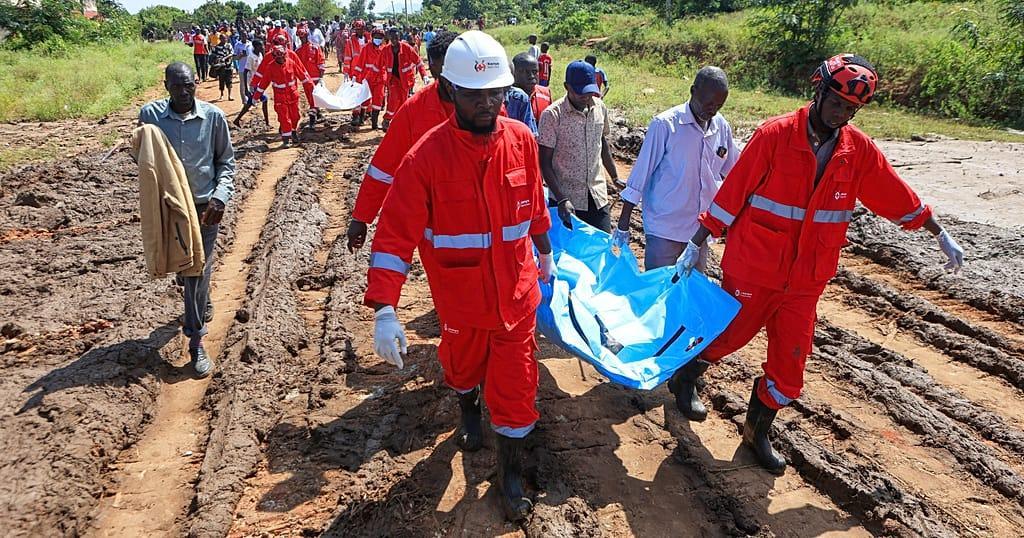Africa-Press – Kenya. When heavy rains triggered a deadly landslide in Kenya’s Elgeyo Marakwet County last week, the scale of destruction was heartbreaking. At least 26 people lost their lives, hundreds of families were displaced, and homes, roads, and farmland were swept away.
However, beyond the immediate devastation, the disaster highlights a bigger story, how Kenya, like much of East Africa, is being tested by a changing climate and how communities are struggling and adapting in response.
A country caught between floods and droughts
In 2022 and 2023, the country endured one of its worst droughts in decades, leaving millions in counties like Turkana and Garissa without food or water. Then, between late 2023 and early 2024, heavy El Niño rains brought widespread flooding across 42 counties, killing nearly 200 people and destroying vital infrastructure.
Now, just a year later, intense rainfall has triggered another humanitarian emergency, this time in the highlands of Elgeyo Marakwet.
Scientists warn that such rapid shifts between drought and flood are becoming Kenya’s new normal, driven by a warming climate that is intensifying rainfall patterns while drying other regions.
Local communities on the frontline
In the remote villages hit by the latest landslides, rescuers have been digging through thick mud in search of survivors. Many residents say they’ve never seen rains this heavy, while others describe how homes built on slopes gave way in the middle of the night.
Despite the chaos, communities have shown remarkable resilience, with local volunteers, the Red Cross, and county officials working together to reach isolated areas.
In some villages, people have set up temporary shelters in schools and churches, sharing food and water while waiting for government assistance.
Kenya’s response and the challenge ahead
The government has deployed a multi-agency team including the military, meteorological experts, and disaster response units to the region. Officials say they are reviewing early warning systems and considering relocating families living on high-risk slopes.
Kenya’s Meteorological Department has also been issuing more frequent weather advisories, urging residents in vulnerable counties to take precautions. But limited resources, difficult terrain, and aging infrastructure continue to make large-scale disaster prevention a challenge.
Experts say this tragedy underlines not just Kenya’s vulnerability, but also the importance of long-term adaptation.
Building resilience in a changing climate
The country has developed a National Climate Change Action Plan and established a Climate Change Council chaired by the president.
Counties like Makueni and Kisumu are experimenting with local climate funds that allow communities to decide how best to use adaptation money, from water harvesting projects to flood defences.
These efforts show that Kenya recognises the scale of the threat, but also how far there is to go before early warnings translate into early action.
A warning, and an opportunity
The landslide in Elgeyo Marakwet is one more painful reminder of the human cost of a changing climate. Yet it also presents an opportunity to rethink how Kenya, and much of Africa, plans its towns, builds its roads, and supports the people most exposed to climate extremes.
As the country continues its recovery, the question is not only how to rebuild, but how to build differently, in ways that make communities stronger, safer, and better prepared for what the future brings.
For More News And Analysis About Kenya Follow Africa-Press






